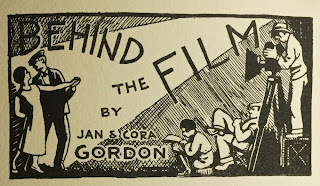Insects that walked with dinosaurs: exceptional preservation in Cretaceous amber

I've been looking again at some amazingly well-preserved insects trapped in Cretaceous amber . Amber is in some ways the best preserving medium of fossil plants and animals known. The fossils are preserved in three dimensions, with great surface detail, and allow snapshots of interactions between animals or between animals and the flows of resin that engulfed them. No other style of exceptional fossil preservation can compare. The oldest ambers with included animal fossils date back to the Triassic, but the best known early occurrences are Cretaceous in age, from Lebanon, France, Burma/Myanmar and New Jersey (USA). The New Jersey material comes from the Raritan Formation (Turonian, ca 90 Ma), excavated (from lignite occurring 6 to 10 feet below the surface) at a locality near Sayreville, New Jersey, USA. The amber is thought to have been produced by a forest of Cupressaceae in a warm temperate or sub-tropical environment (Grimaldi et al. 2000). The amber represents aged,


